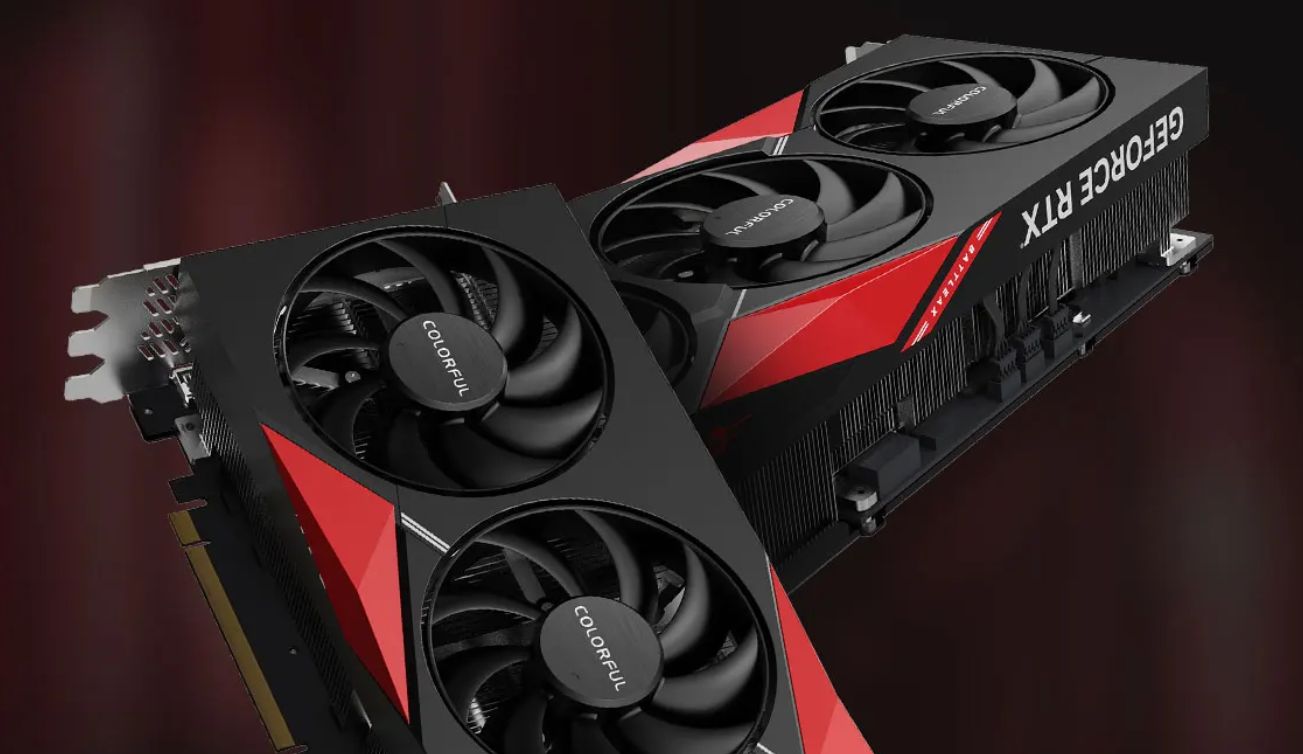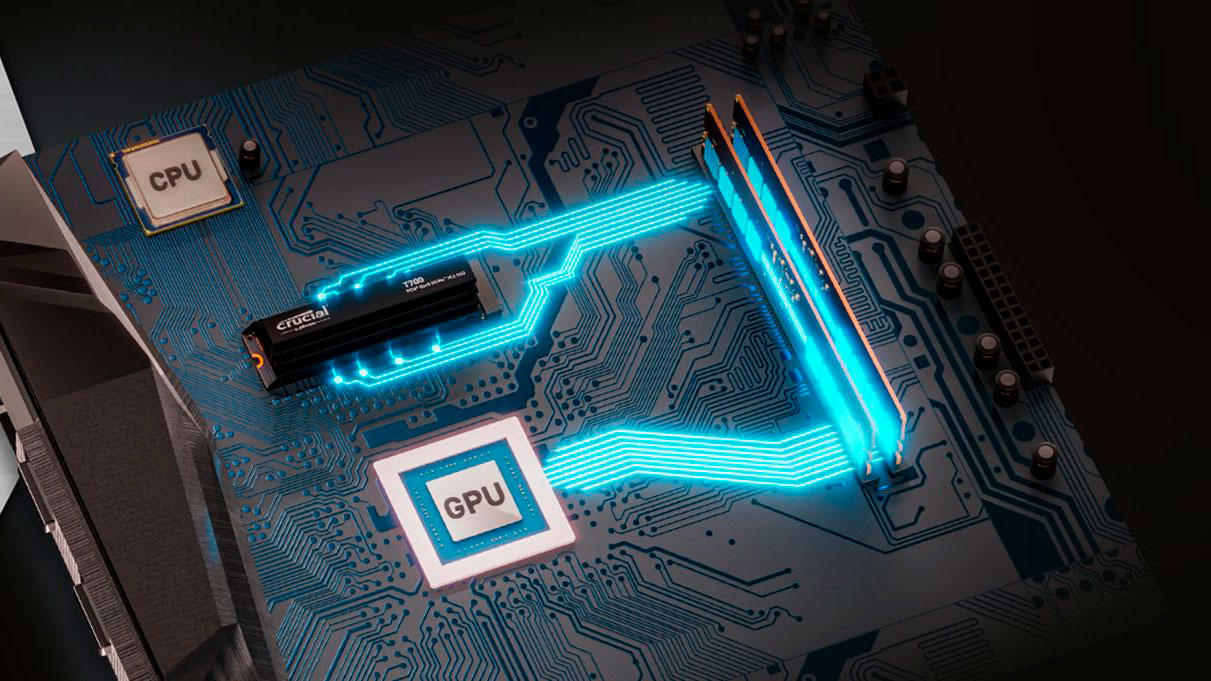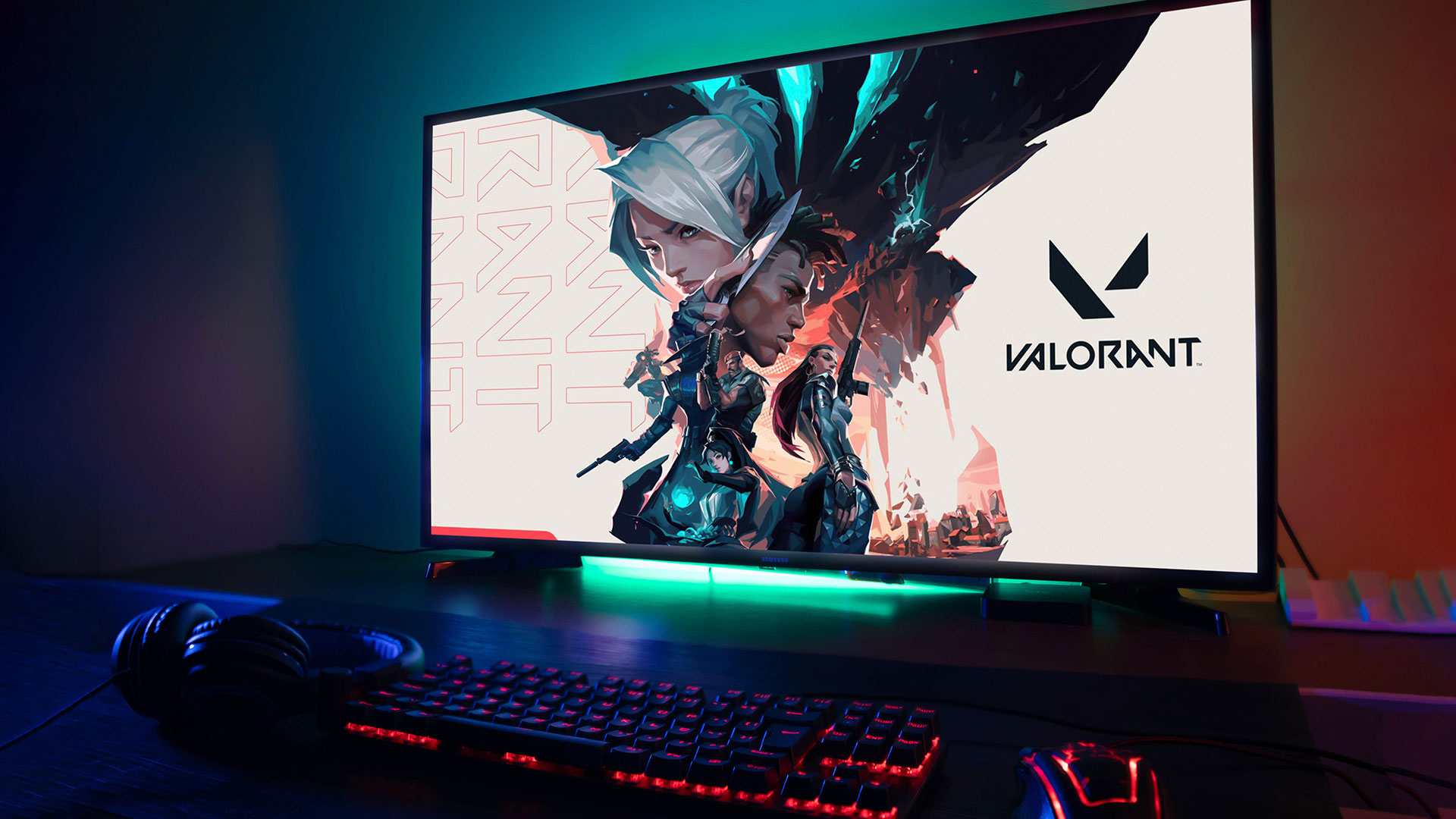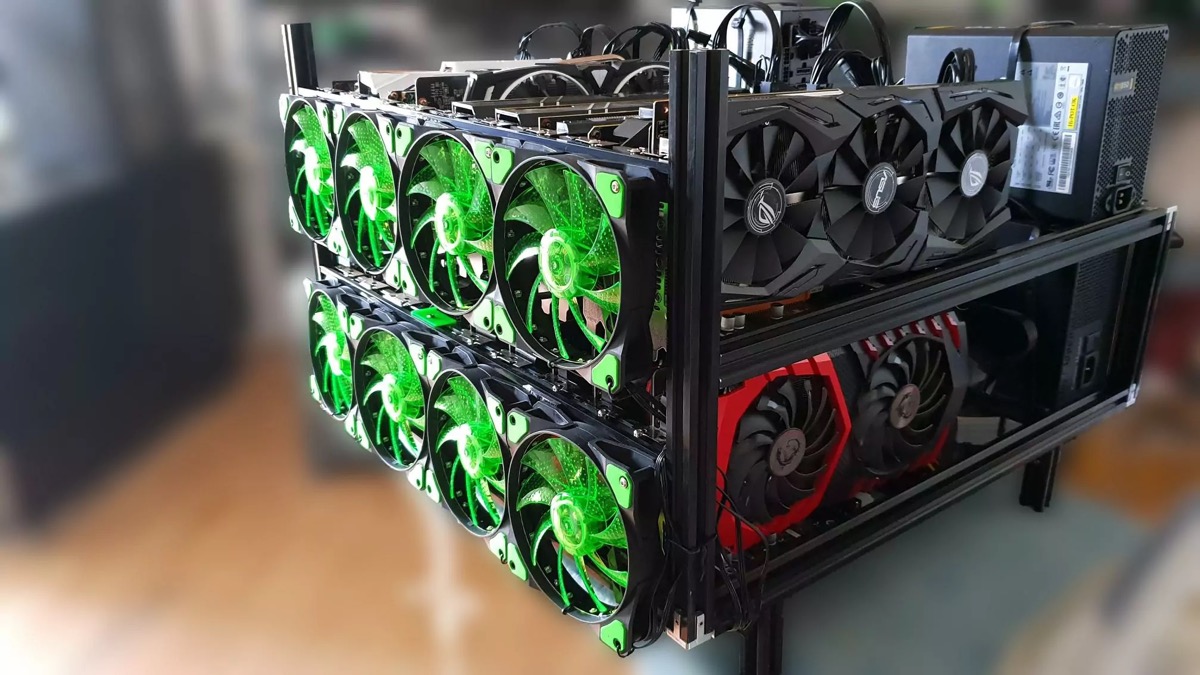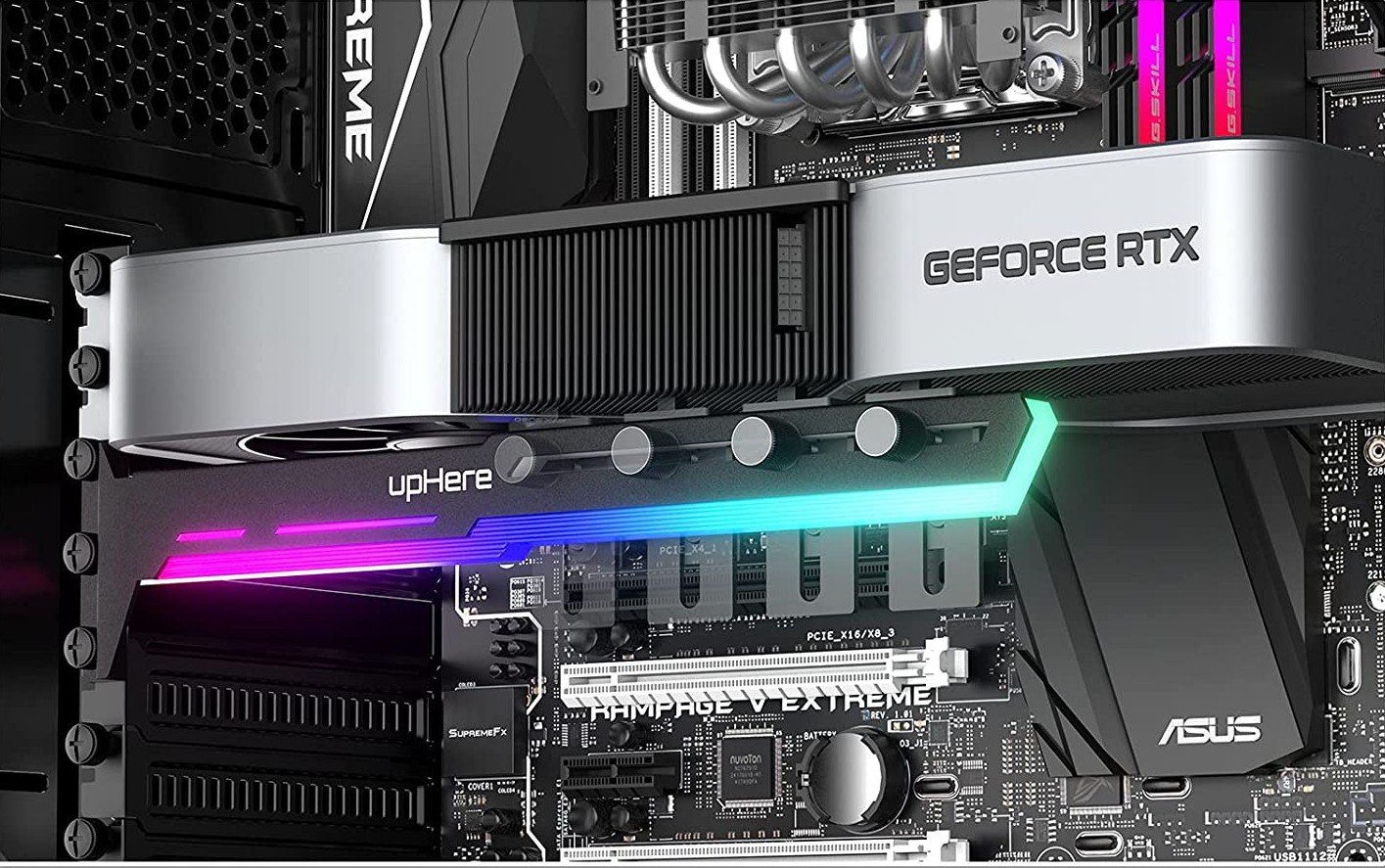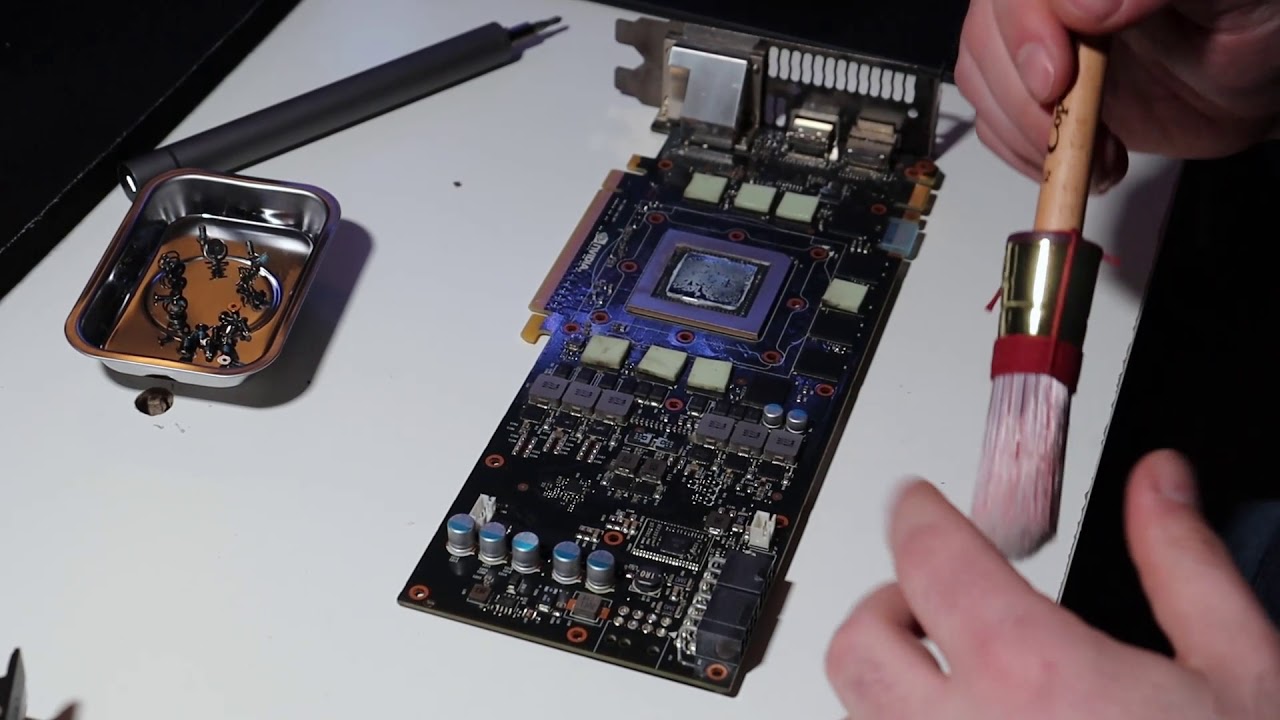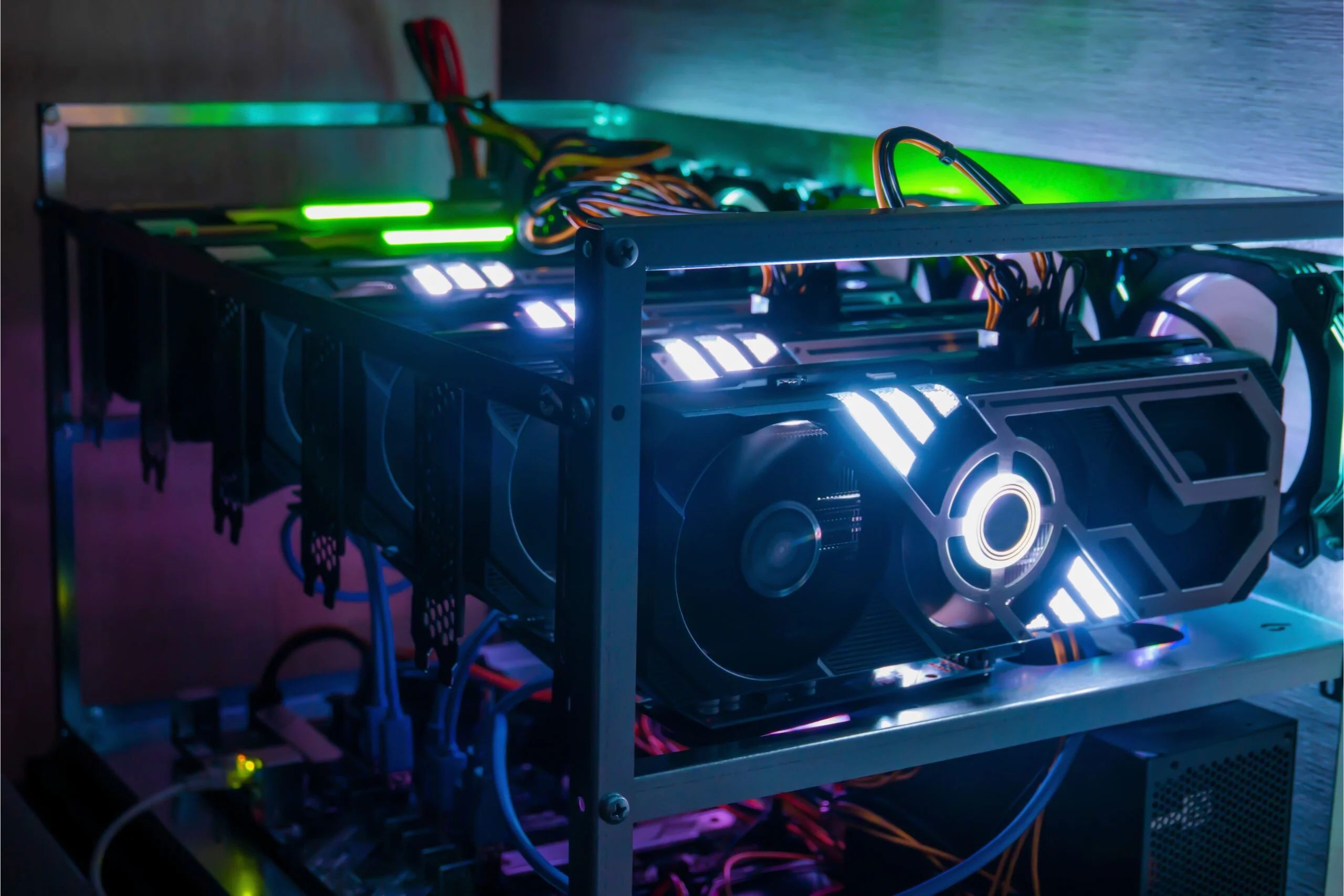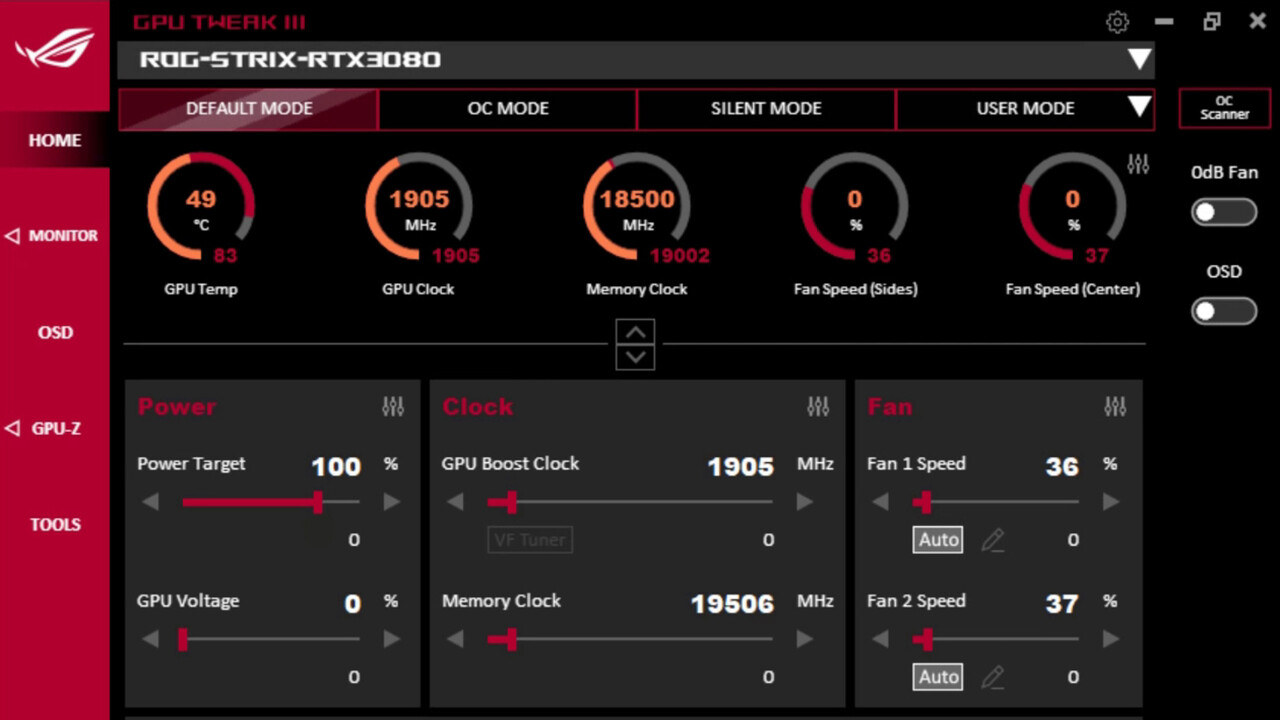Introduction
A Graphics Processing Unit (GPU) is an essential component of modern computing systems, primarily designed to accelerate and optimize the rendering of complex images and graphics. Originally developed for rendering high-quality graphics in video games, GPUs have evolved to become increasingly versatile and widely used in various industries.
With their parallel processing power and ability to handle large amounts of data simultaneously, GPUs have found applications far beyond gaming, including video editing, machine learning, cryptocurrency mining, and scientific research. The powerful performance and efficiency of GPUs have revolutionized these fields, providing faster and more efficient processing capabilities than traditional Central Processing Units (CPUs).
In this article, we will explore the various uses and applications of GPUs, shedding light on their significance and impact across different industries. Whether you are a gaming enthusiast, a professional video editor, a data scientist, or simply curious about the inner workings of modern technology, this article will provide valuable insights into the widespread utilization of GPUs.
What Is a GPU?
A Graphics Processing Unit (GPU) is a specialized processor that focuses on rendering and displaying images, videos, and animations. Unlike a Central Processing Unit (CPU), which is responsible for executing general-purpose tasks, a GPU is specifically designed to carry out complex calculations and graphical operations in parallel.
At its core, a GPU consists of thousands of smaller processing units called CUDA cores or stream processors. These cores work together to handle multiple tasks simultaneously, making it ideal for handling large datasets and performing computationally intensive tasks.
One key feature of GPUs is their ability to perform floating-point calculations, which are crucial for tasks involving graphical rendering, physics simulations, and scientific computations. GPUs excel at parallel processing, where multiple calculations are carried out simultaneously to accelerate performance.
Modern GPUs are equipped with their own video memory or VRAM, which stores the graphical data, textures, and shaders required for rendering. This dedicated memory ensures fast access to the necessary resources, avoiding the need to constantly transfer data between the GPU and system memory.
Over the years, GPUs have evolved significantly, incorporating advanced technologies such as ray tracing, virtual reality support, and machine learning capabilities. These advancements have enabled GPUs to deliver lifelike graphics, immersive gaming experiences, and efficient processing of complex algorithms in various industries.
How Does a GPU Work?
To understand how a GPU works, we need to delve into its architecture and the process it follows to render images and perform computations. At a high level, the functioning of a GPU can be broken down into four main stages: geometry processing, rasterization, pixel shading, and output.
The first stage, geometry processing, involves transforming 3D models and objects into a series of flat, two-dimensional triangles that can be rendered on a screen. This step includes tasks such as vertex transformations, which position and orient the triangles in 3D space.
Next, the GPU performs rasterization, which converts the 2D triangles into individual pixels that make up the final image. This process involves determining which pixels are covered by each triangle and assigning attributes such as color and texture coordinates to these pixels.
Once rasterization is complete, pixel shading takes place. This stage applies complex calculations and operations to each pixel, including lighting calculations, texture mapping, and various visual effects. The pixel shader program determines the final appearance of each pixel, taking into account lighting conditions, material properties, and other factors.
Finally, the output stage sends the processed pixel information to the display device, such as a monitor, for rendering. This involves converting the pixel data into a format that the display device can understand and displaying it on the screen.
It is important to note that GPUs are highly parallel processors, capable of executing multiple tasks simultaneously. This parallelism enables the GPU to handle large amounts of data and perform complex calculations efficiently. Additionally, modern GPUs often include specialized hardware and drivers optimized for specific tasks, such as gaming, machine learning, or video editing, further enhancing their performance in these areas.
Overall, the intricate workings of a GPU allow it to handle the demanding tasks required in graphics rendering and computational tasks, making it an indispensable component in modern computing systems.
Gaming
One of the primary uses of GPUs is in gaming, where they play a crucial role in delivering immersive and visually stunning experiences. GPUs are responsible for rendering lifelike graphics, realistic lighting effects, and smooth gameplay.
Modern video games demand high-resolution textures, complex 3D models, and advanced visual effects. A powerful GPU can handle these requirements by processing millions of polygons, applying shading techniques, and rendering intricate details in real-time.
Additionally, GPUs aid in tasks such as physics simulations, collision detection, and particle effects, contributing to the overall realism and interactivity of games. These computations are offloaded to the GPU, allowing the CPU to focus on other game-related tasks.
Moreover, GPU technologies like NVIDIA’s DLSS (Deep Learning Super Sampling) and AMD’s FidelityFX Super Resolution are designed to enhance image quality and boost performance. These features use machine learning algorithms to upscale lower-resolution images, resulting in sharper visuals without sacrificing frame rates.
With the advent of virtual reality (VR) gaming, GPUs have become even more integral. VR requires rendering two separate views simultaneously, each with high frame rates and low latency to ensure a smooth and immersive experience. High-performance GPUs are essential for meeting these demanding requirements, allowing gamers to explore virtual worlds with breathtaking realism and responsiveness.
In summary, GPUs are indispensable for gaming, fueling the growth and innovation in the gaming industry and enabling gamers to enjoy visually spectacular, highly interactive, and optimized gaming experiences.
Video Editing and Rendering
Video editing and rendering involve processing and manipulating large amounts of multimedia data, including video footage, audio tracks, and special effects. GPUs play a vital role in accelerating these tasks, significantly reducing processing times and improving overall productivity.
When it comes to video editing, GPUs excel at real-time playback and smooth scrubbing through high-resolution video files. They handle the decoding and encoding of video formats, apply filters and transitions, and render effects in real-time, allowing editors to preview their work without delays.
Furthermore, GPUs provide the computational power needed for complex rendering tasks, such as color grading, motion tracking, and compositing. These operations require intensive calculations on each frame of a video, which can be handled efficiently by parallel processing on a GPU.
GPU-accelerated rendering is also crucial for achieving fast and high-quality output when exporting or finalizing video projects. By offloading rendering tasks to the GPU, editors can experience significantly reduced render times, enabling them to deliver projects more efficiently.
In addition to traditional video editing, GPUs are essential for 3D rendering and animation. 3D modeling software, like Autodesk Maya or Blender, relies heavily on GPUs to render realistic scenes, simulate physics, and apply complex lighting and shading effects. The parallel processing power of a GPU allows for faster rendering times, enabling artists and animators to iterate and make creative decisions more efficiently.
Overall, GPUs greatly enhance the video editing and rendering processes, enabling professionals and enthusiasts to work with larger video files, apply intricate effects, and achieve faster rendering times. This technology empowers content creators to bring their visions to life with greater efficiency and precision.
Machine Learning and AI
Machine Learning (ML) and Artificial Intelligence (AI) have become increasingly important in various fields, from healthcare and finance to image recognition and natural language processing. GPUs have emerged as a key technology for accelerating ML and AI algorithms, enabling faster training and inference times.
ML and AI models often involve processing and analyzing large datasets, which can be computationally intensive. GPUs excel in parallel processing, allowing them to handle the massive number of calculations required for training and inference tasks efficiently.
During the training phase, GPUs accelerate the computations involved in optimizing ML models. Algorithms like convolutional neural networks (CNNs) and recurrent neural networks (RNNs) heavily rely on matrix operations, which can be processed in parallel on the GPU. The parallelism offered by GPUs significantly reduces the time required to train these models, enabling researchers and data scientists to experiment with different architectures and iterate faster.
Moreover, GPUs are essential for real-time inference, where ML models make predictions on new, unseen data. High-performance GPUs can process multiple inputs simultaneously, making them ideal for applications such as real-time object detection, speech recognition, and natural language processing.
With the rise of deep learning algorithms and advancements in GPU technology, AI applications that were once computationally prohibitive are now more accessible. GPUs accelerate the training and deployment of deep learning models, fueling innovation in areas like autonomous vehicles, healthcare diagnosis, and personalized recommendations.
In recent years, major GPU manufacturers have introduced specialized hardware and software libraries optimized for machine learning and AI, further enhancing the performance of these tasks. Technologies like NVIDIA’s CUDA, TensorFlow, and PyTorch have become industry standards, providing developers with powerful tools to harness the full potential of GPUs for ML and AI applications.
In summary, GPUs have revolutionized the field of machine learning and artificial intelligence by enabling faster training times, real-time inference, and the deployment of complex deep learning models. Their parallel processing capabilities and optimized hardware make GPUs an indispensable component for researchers, data scientists, and developers in the ongoing pursuit of AI advancements.
Crypto Mining
Cryptocurrency mining is the process of validating and verifying transactions on a blockchain network, and it requires substantial computational power. GPUs have emerged as a popular choice for crypto mining due to their high performance and parallel processing capabilities.
GPU mining is particularly prevalent in cryptocurrencies such as Ethereum, where the mining algorithm, Ethash, is specifically designed to be GPU-friendly. GPUs excel at performing the complex calculations required for mining, such as hashing functions and solving mathematical puzzles, which are essential for validating transactions and securing the network.
The parallel architecture of GPUs allows for simultaneous processing of multiple mining tasks, significantly improving the mining efficiency. Miners can connect multiple GPUs in a mining rig, increasing their computational power and potential rewards.
Moreover, GPU mining is relatively accessible compared to other mining methods. GPUs are commercially available and can be easily integrated into a mining setup. This accessibility has contributed to the decentralization of mining operations, allowing individuals to participate and contribute to the security and stability of the cryptocurrency network.
However, it’s worth noting that the landscape of cryptocurrency mining is continually evolving. As the difficulty of mining increases, miners are exploring specialized hardware, such as ASICs (Application-Specific Integrated Circuits), to maximize efficiency and profitability. These ASICs are specifically designed for mining specific cryptocurrencies and offer higher hash rates compared to GPUs.
Nevertheless, GPUs continue to play a significant role in cryptocurrency mining. Their versatility allows miners to switch between different cryptocurrencies or mining algorithms when more profitable opportunities arise. This flexibility ensures that GPU mining remains relevant and viable in the ever-changing cryptocurrency ecosystem.
In summary, GPUs are widely used in crypto mining due to their parallel processing capabilities and efficiency in solving complex calculations. They provide accessibility and flexibility to individual miners, contributing to the decentralized nature of cryptocurrency networks.
Scientific Applications
GPUs have made a significant impact in scientific research and computation-intensive applications. From simulating physical phenomena to analyzing large datasets, GPUs offer unprecedented computing power and speed for a wide range of scientific disciplines.
One notable scientific application is in computational physics and chemistry. Simulating the behavior of molecular structures, fluid dynamics, and quantum mechanical systems requires immense computational power. GPUs excel at performing the numerous calculations involved in these simulations, enabling researchers to study complex interactions and phenomena more efficiently.
In the field of genomics and bioinformatics, GPUs have revolutionized the analysis of DNA sequencing data. The vast amount of genetic information obtained from genome sequencing requires substantial computational resources for alignment, assembly, and analysis. GPUs accelerate these tasks, enabling faster and more accurate genomic analysis, and ultimately advancing our understanding of genetics and human health.
Furthermore, GPUs are widely used in data-intensive scientific research. Applying machine learning algorithms to large datasets, such as climate data, astronomical observations, or gene expression data, can uncover valuable insights and patterns. GPUs significantly boost the processing power required for these tasks, facilitating the exploration of complex scientific problems and accelerating research progress.
Additionally, GPUs play a vital role in medical imaging and image processing. Processing medical scans, such as MRI or CT scans, demands substantial computational resources to reconstruct, enhance, and analyze the images. GPUs excel at parallel image processing, allowing for real-time diagnostics, improved image quality, and more accurate interpretations by healthcare professionals.
Real-time simulations and modeling, such as weather forecasting and seismic analysis, also benefit from GPU acceleration. GPUs enable faster and more detailed simulations, improving predictive capabilities and providing valuable insights for disaster preparedness and resource allocation.
In summary, GPUs have become indispensable in scientific applications, providing researchers and scientists with the computational power needed to tackle complex problems, analyze vast datasets, and drive innovation across various scientific disciplines. The parallel processing capabilities and efficiency of GPUs continue to advance research and contribute to breakthroughs in science and technology.
Conclusion
The Graphics Processing Unit (GPU) has evolved from its humble beginnings in gaming to become a versatile and powerful tool in various industries. Its parallel processing capabilities, high-performance computing, and efficient rendering contribute to its widespread use in gaming, video editing, machine learning, cryptocurrency mining, and scientific research.
In the world of gaming, GPUs deliver lifelike graphics, realistic effects, and immersive experiences. They handle the demands of high-resolution textures, complex models, and real-time physics simulations, pushing the boundaries of visual fidelity and interactivity.
Video editing and rendering benefit from GPUs as well, enabling real-time playback, efficient processing of effects, and faster rendering times. Content creators can work with larger video files, apply visual effects seamlessly, and deliver projects more efficiently.
Machine learning and AI algorithms thrive on the parallel processing power of GPUs, enabling faster training times and real-time inference. GPUs accelerate the development and deployment of complex deep learning models, driving advancements in fields such as healthcare, finance, and natural language processing.
In the realm of cryptocurrency mining, GPUs offer computational power and accessibility, allowing individuals to participate in securing and validating blockchain networks. Though specialized hardware such as ASICs has gained traction, GPUs still contribute to the decentralization of mining operations.
Scientific applications benefit greatly from GPUs, facilitating complex simulations, genomics analysis, data-intensive research, and medical imaging. Researchers harness the immense computing power of GPUs to advance understanding in physics, genetics, climate science, and many other fields.
In conclusion, GPUs have become integral components of modern computing systems, enabling faster and more efficient processing in various industries. Their parallel processing capabilities, graphics rendering prowess, and optimization for specific tasks have revolutionized gaming, video editing, machine learning, cryptocurrency mining, and scientific research. As technology evolves, GPUs will likely continue to push the boundaries of what is possible, driving innovation and advancement in a wide range of fields.







